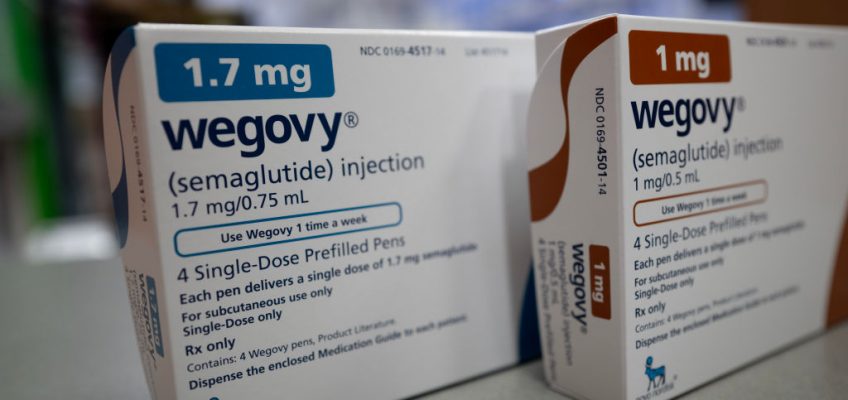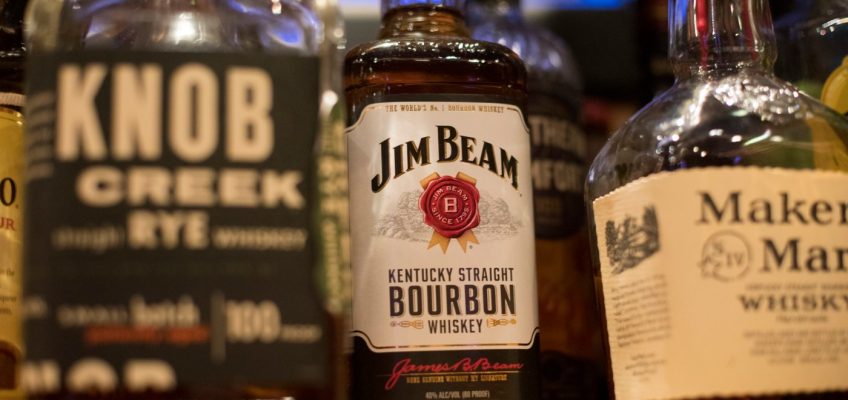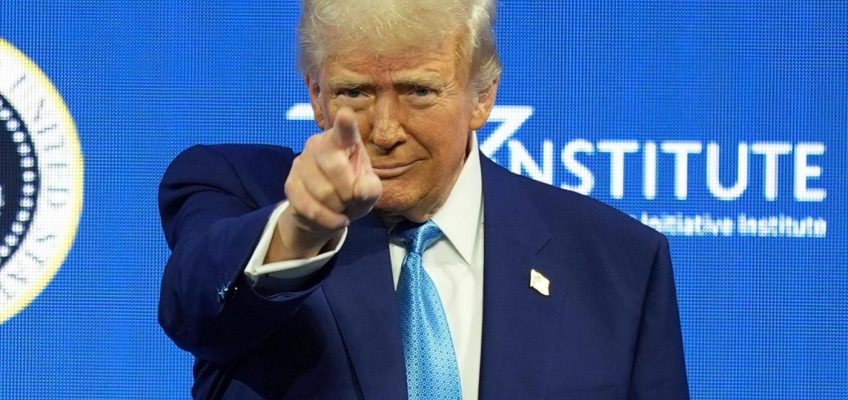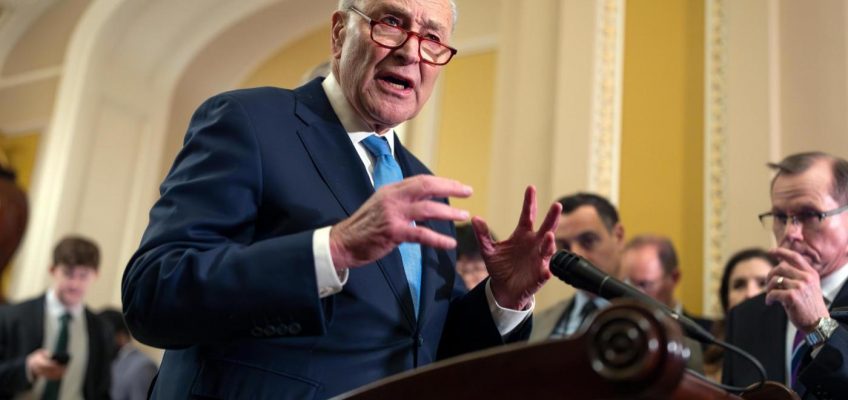Protein is replacing plant-based as the latest grocery aisle obsession.
Consequently, food companies are rushing to reformulate products for protein lovers. That’s a category that includes both people taking the powerful new class of obesity drugs known as GLP-1s, who are eating less yet looking for more nutrients and protein, as well as those seeking to preserve muscle mass as they age or just hoping to get ripped.
Companies argue they’re filling a need created by these miracle weight-loss drugs. But are they offering something of real value — or simply taking advantage of another food fad? If it turns out to be the latter, the raft of ready meals and appetite-suppressing drinks could do more to fatten companies’ profits than to help people stay healthy while slimming down.
In the U.S. alone, more than 170 million adults are considered overweight or obese. While supply constraints and challenges with insurance coverage have limited access to Novo Nordisk’s Wegovy and Eli Lilly & Co.’s Zepbound, a 2024 survey found that one in eight adults in the U.S. had tried a GLP-1. That is already starting to nibble away at supermarket sales. Research company Circana found that although U.S. GLP-1 users continue to outspend non-users on groceries, those taking the drug for weight loss cut their outlay by about 1 percentage point in the first year of the regimen.
As with any form of weight loss, people taking Wegovy and Zepbound don’t only shed fat, they lose muscle too. And because the drugs are such a powerful appetite suppressant, causing people to eat much less, the nutritional value of what they do consume becomes more important. Add in the fact that the population is getting older, and that muscle mass also declines as we age, and its clear why big food is salivating over the potential for protein.
Conagra Brands Inc., the frozen-food specialist, has analyzed the buying behavior of GLP-1 users. Over the past 12 months, it has consistently seen demand from this group for single-serve meals, which are portion controlled and contain a good mix of protein, nutrients and fiber. The company has responded by changing the labeling on some of its Healthy Choice meals, first introduced in the 1980s to help people look after their hearts, with an “On Track” badge that identifies them as GLP-1-friendly.
Nestle SA, the world’s biggest food company, has gone one step further, introducing new products to meet the needs of GLP-1 users and others looking to lose weight. Vital Pursuit, a range of 14 frozen meals, including cauliflower-crust pizzas, bowls and sandwiches, arrived on U.S. supermarket shelves in September. Each portion-controlled item offers at least 20 grams of protein, as well as fiber and vitamins.
Nestle is also trialing a protein shot, containing 10 grams of the macronutrient, under the Boost nutritional drink brand. Weight loss drugs work by mimicking GLP-1, a hormone released after eating to help control blood sugar levels and induce a sense of fullness. Nestle says the Boost drink can do the same when consumed up to 30 minutes before a meal — making it the company’s first product to carry such a claim. (Obesity medicine specialists note that all foods trigger the hormone, some more than others). Pharmaceutical and nutrition company Abbott Laboratories, meanwhile, has launched protein shake Protality. But take a stroll through the aisles of any supermarket, and you will see plenty of other items, including bread, cereal bars and yogurt, all trumpeting their protein power.
The On Track label is initially appearing on existing Conagra products priced at $3.49 and $3.99, while Nestle’s Vital Pursuit range has a recommended retail price of $4.99 and under, putting it roughly in line with more traditional ready meals. But as this market develops, such products could end up being particularly lucrative.
In general, the more added value food companies can deliver to their customers, the more they can charge. While ingredients, such as protein, may be more expensive — meat and eggs have seen some of the biggest price increases in recent years — there is a better chance of recouping these costs in special formulations than in everyday items, where competition is fierce. Smaller portions are also likely to make the economics favorable on a per-gram basis for companies, but Duncan Fox, an analyst at Bloomberg Intelligence, notes that consumers typically get the best value from bigger packs. (Think: buying a 2-liter bottle of soda rather than a single can.)
For now, these benefits will be offset by the fact that the amount of GLP-1 friendly foods being sold is still relatively small, so production costs are high. But as more people take the drugs, economies of scale will kick in, making them cheaper to produce.
But do people on GLP-1s really need specific foods or snacks advertised as packed with protein? Probably not. Diana Thiara, medical director of the UCSF Weight Management program, tells her patients that the best option is to get their protein through whole foods, and if they still need help, a reasonable next step is to try a “clean” protein powder that lacks or minimizes added sugars or ingredients. Ultra-processed foods should be the last resort. And Shauna Levy, medical director at Tulane School of Medicine’s Bariatric and Weight Loss Center in New Orleans, cautions that a lot of foods promising “high protein” don’t deliver.
Companies’ efforts have one crucial factor on their side, though: convenience. Everyone, GLP-1 users included, struggles to make a well-balanced meal every night or batch cook on the weekend, a task that might feel even more daunting when trying to adapt recipes to account for nutritional needs and a more modest appetite. One example of how this is already playing out: Conagra has seen an uptick in demand for frozen appetizers, such as sushi bites. This is because people can grab a couple out of the freezer when they need to satiate their smaller appetites, indicating a desire for something quick and easy to portion.
To remain relevant amid shifting tastes and defend their sales, food companies must convince consumers that they can help make eating right easy and convenient. But unless their products really pack a protein punch, they’ll go the way of other food fads — into the compost.
Andrea Felsted is a Bloomberg Opinion columnist covering consumer goods and the retail industry. Previously, she was a reporter for the Financial Times. Lisa Jarvis is a Bloomberg Opinion columnist covering biotech, health care and the pharmaceutical industry. Previously, she was executive editor of Chemical & Engineering News.




